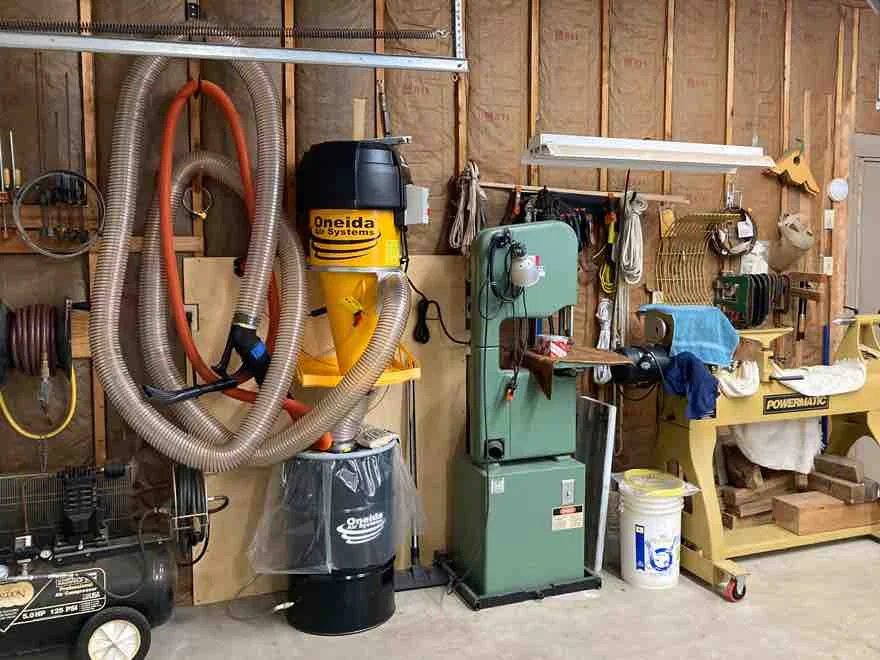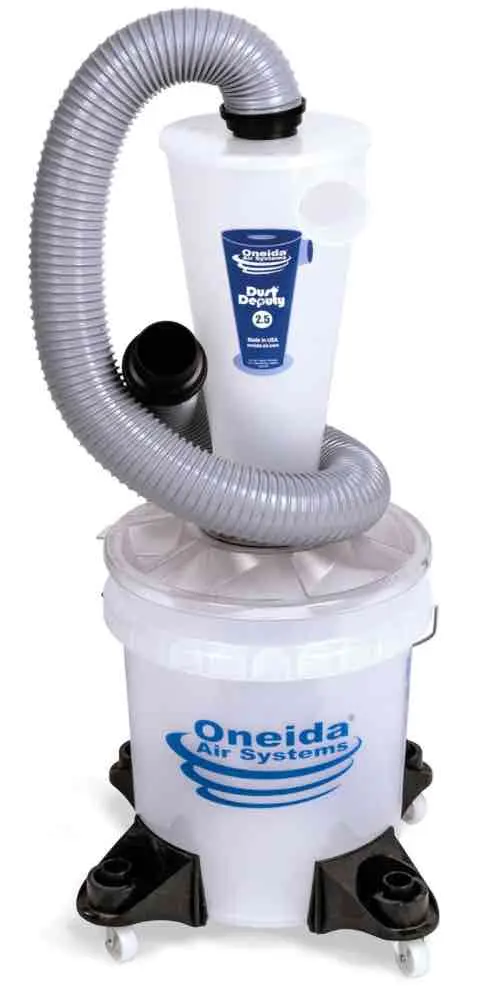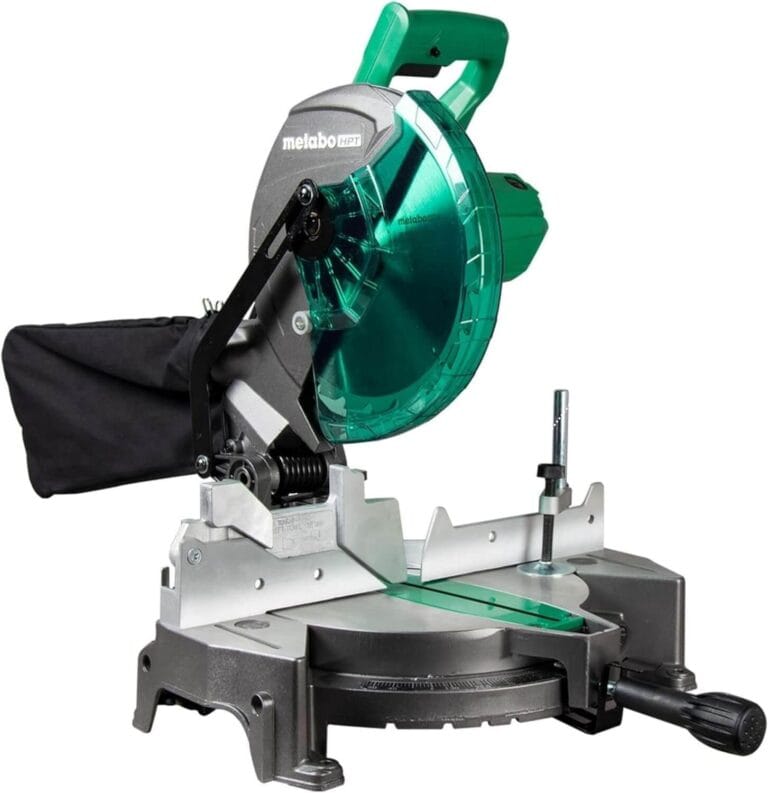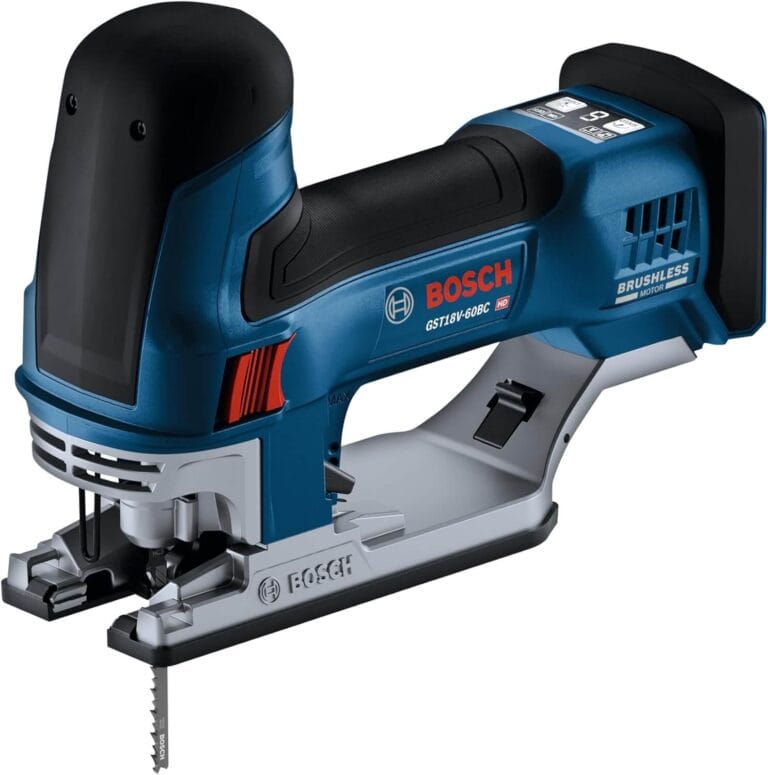How does a Wood Shop Dust Collector Actually Work?
For all the woodworking fanatics, DIYers, and home hobbyists out there – this post is for you! We often hear about dust collectors as an essential part of a wood shop set-up, but do any of us know what’s going on inside that mysterious machine?
We will answer questions like: What type of filters should I look for? How can find efficient ways to use shop vacuums and cyclone separators?
By the end of this article, you will have most of your answers. So read on and get ready to start woodworking without inhaling ridiculous amounts of sawdust!
An introduction to wood shop dust collectors and why they are important
Welcome to the world of woodshop dust collectors, friend! You’re about to embark on a journey like no other. Why are dust collectors important, you ask?
Well, let’s just say that without them, your lungs will inevitably resemble the inside of a vacuum cleaner (not the good kind, mind you).
These trusty machines are the superheroes of the workshop, quietly keeping your air clean and pristine while you work on your latest project. So let’s hear it for the dust collector, folks – they deserve a round of applause!
A breakdown of the anatomy of the dust collector, including motor, filter, and impeller
Are you ready for a deep dive into the inner workings of a dust collector? Let’s break it down, shall we? First up, we have the motor – the powerhouse that drives the entire operation.
From there, the filter comes into play, catching all those pesky particles that we don’t want floating around in the air.
And last (but certainly not least), we have the impeller – the unsung hero that creates the suction needed to keep your workspace nice and clean.
It’s like a finely tuned team, each component working together to keep your lungs breathing easy and your workspace free of debris.
Exploring how the different components work together to capture woodshop dust
Certainly, let’s venture into the diverse categories of dust collectors available for wood shops.
The most basic place to start is with a shop vac (or power vac). They’re cheap and work, but can clog up quickly and typically don’t do much if you’re using more than one tool at a time.
They can work, but you might be better off moving up the ladder to a true collection system.
Then, we have Single-Stage Dust Collectors. These are the most basic type and are typically ideal for smaller wood shops with just a few power tools.
They function by drawing in dust and debris directly into the collector bag, with the heavier particles falling to the bottom of the bag while the smaller ones rise.
On the other hand, there are Two-Stage Dust Collectors, that are more powerful and efficient. They operate by first separating the heavy debris in a collection drum before the air moves to a second stage where finer dust is captured in a filter.
These are ideal for larger workshops or more frequent use.
Lastly, we have the Cyclone Dust Collectors, the most advanced and efficient type. They use centrifugal force to separate the dust and debris into a collection drum, leaving only the finest dust to be filtered out in the second stage.
This Oneida cyclone separator is a great place to start and it’s under $150!
They are available in various sizes and are suitable for both small home workshops and large industrial settings.
Size matters too when it comes to dust collectors. From compact models that are perfect for small hobbyist workshops, to larger, professional-grade machines designed for industrial woodshops, there’s a dust collector out there to meet every woodworker’s needs.
The right size for you depends on the size of your workspace, the types of woodworking tools you use, and the duration of your typical woodworking session.
A larger collector will provide more suction and hold more debris, but it will also cost more and take up more space, which may be overkill for a small wood shop.
Just Starting a Small Woodshop Means You Don’t Have to Break the Bank.
If you’re starting a small wood shop, a Single-Stage Dust Collector is a suitable option. These models are not only economical but also easy to operate and maintain.
While you’re at it, you should check out this Wen dust collector with those who are budget-minded.
Their compact size ensures they can fit perfectly into a smaller space, making them ideal for hobbyists. T
hey are capable of effectively drawing in dust and debris directly into the collector bag, ensuring your workspace remains clean and safe.
It is worth noting that their filtration abilities, while good for light usage, they may not completely capture the finest dust particles.
That’s why, if you’re planning to tackle heavy-duty projects frequently, you might consider investing in a Two-Stage like this one from Jet, or a Cyclone Dust Collector.
From the ductwork to the air filtration system, every piece plays a crucial role in the process.
It’s a bit like a rock band, really – each instrument plays a specific part, but when they all come together playing the right tune, it can be something good.
The next time you’re in someone else’s wood shop take a moment to appreciate all the hardworking components that keep things running smoothly.
Who knows, you might even be inspired to come up with your dust collection masterpiece!
How a good quality dust collector will help your woodworking projects flourish
If you’re serious about your craft, you need to understand how important it is to have the right tools. And let me tell you, a good quality dust collector is no exception.
Not only will it help keep your work area clean (which is a must for any successful project), but it will also improve the overall quality and efficiency of your woodworking.
No more sawdust in your eyes and nose, no more messy clean-up sessions, just you and your project happily working away.
Trust me, investing in a dust collector is a game changer for any woodworking enthusiast.
You might be thinking, “Now what?” But fear not, my friend. There are always more steps you can take to ensure a spick and span-space.
Here are some suggestions: invest in a good quality air purifier, wear a protective mask and gloves when handling wood, and try to keep the wood shavings contained in a designated area.
This will help you breathe easier knowing that you’re armed with the knowledge to keep your space (and lungs) clean, safe, and free from pesky wood particles.
And most of all, by having a good dust collector, you can keep your workspace tidy, efficient, and safe. Plus, breathing clean air while creative projects might just take you towards that next level of woodworking.
If you want to know even more check out this article that talks about dust control systems and ductwork!
So don’t risk getting bogged down by going DIY when having an effective dust collection system is essential. So get out there and make some sawdust!







